Advances in Rapid Detection Sensor Research for Staphylococcus Aureus by the Smart Animal Husbandry Innovation Team
Staphylococcus aureus (SA) poses a serious risk to human and animal health, necessitating a low-cost and high-performance analytical platform for point-of-care diagnostics. Herein, Smart Animal Husbandry Innovation Team of IAS proposed a controllable self-cleaning FET to simplify (bio)chemical modification and improve mechanical stability and anti-fouling performance, and then constructed an RCD based DNA nanotree to significantly enhance the sensitivity for SA detection. An RCD-based DNA nanotree was designed and synthesized based on similar DNA-origami technology to improve the sensitivity. The controllable self-cleaning FET biosensor was applied for SA detection without cultivation, which had a wide linear range from 1 to 105 CFU/mL with low detection of 1 CFU/mL. This achievement provides a new method for developing low-cost, high-performance biosensors in the livestock industry.The findings are published in the Journal of Nanobiotechnology.
This work is supported by the National Key Research and Development Program, the State Key Laboratory of Animal Nutrition and Feeding, among other projects.
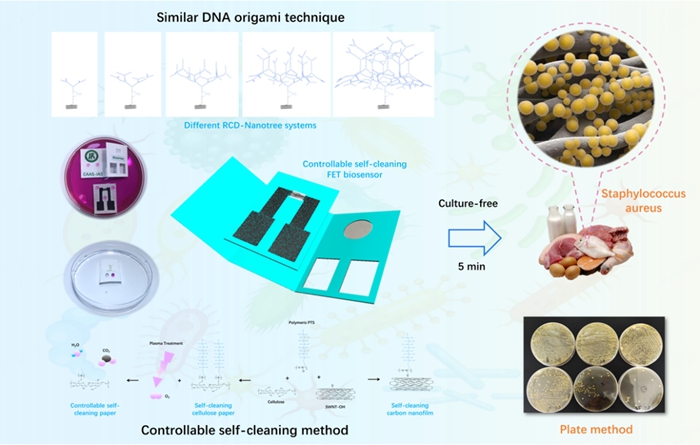
https://doi.org/10.1186/s12951-024-02682-3
-
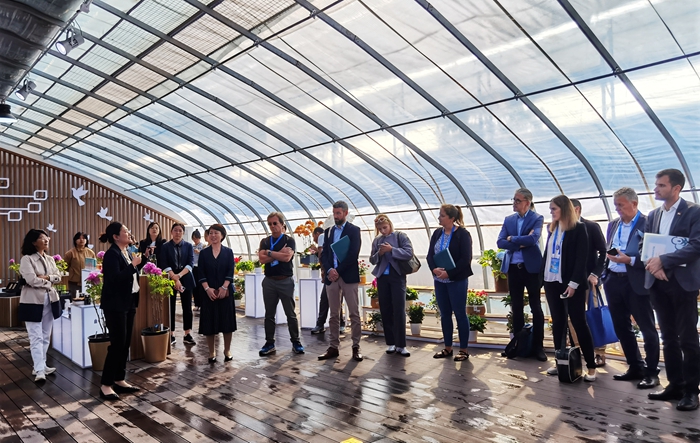 Nov 28, 2024Delegation of High-Level Science and Technology Managers from European countries Visited IVF
Nov 28, 2024Delegation of High-Level Science and Technology Managers from European countries Visited IVF -
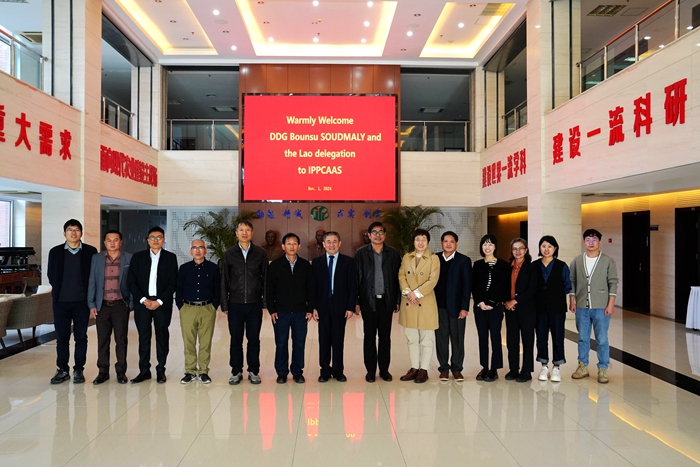 Nov 28, 2024The Lao PDR-China Joint Laboratory for Plant Protection holds technical seminar at IPPCAAS
Nov 28, 2024The Lao PDR-China Joint Laboratory for Plant Protection holds technical seminar at IPPCAAS -
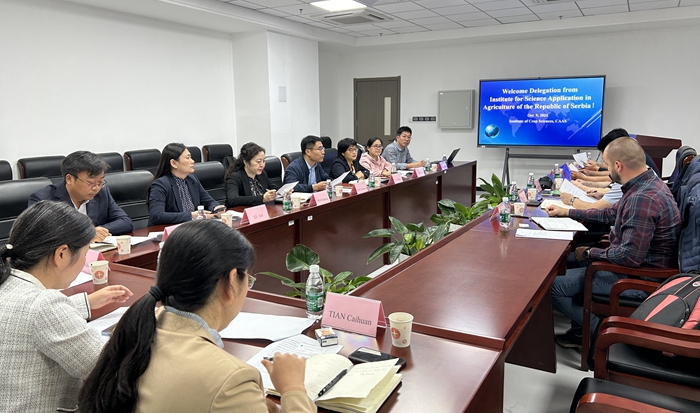 Nov 22, 2024Director Stanković and his delegation from the Institute of Agricultural Sciences and Applications of the Republic of Serbia visited ICS
Nov 22, 2024Director Stanković and his delegation from the Institute of Agricultural Sciences and Applications of the Republic of Serbia visited ICS -
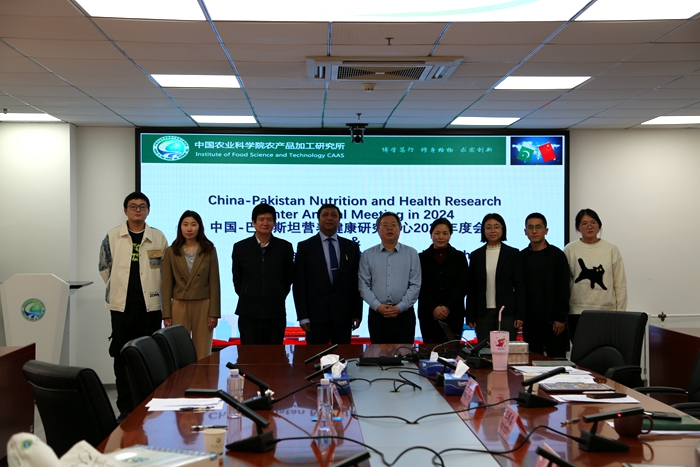 Nov 22, 2024Coordinator General of COMSTECH-OIC visited IFST-CAAS
Nov 22, 2024Coordinator General of COMSTECH-OIC visited IFST-CAAS -
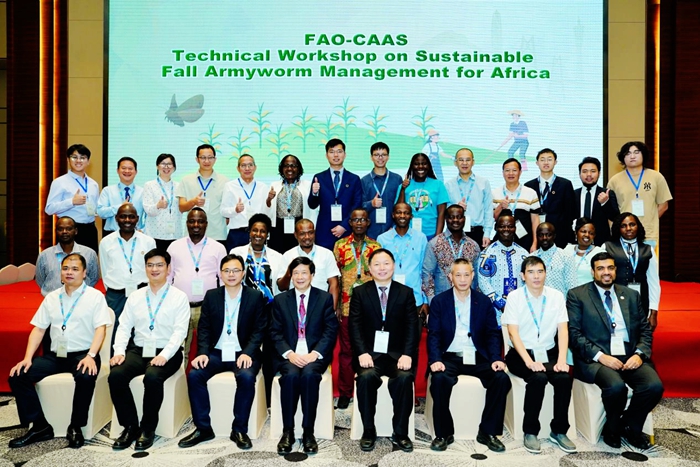 Nov 21, 2024IPPCAAS Successfully Organized the FAO-CAAS Technical Workshop on Sustainable Fall Armyworm Management for Africa in Guangdong
Nov 21, 2024IPPCAAS Successfully Organized the FAO-CAAS Technical Workshop on Sustainable Fall Armyworm Management for Africa in Guangdong
